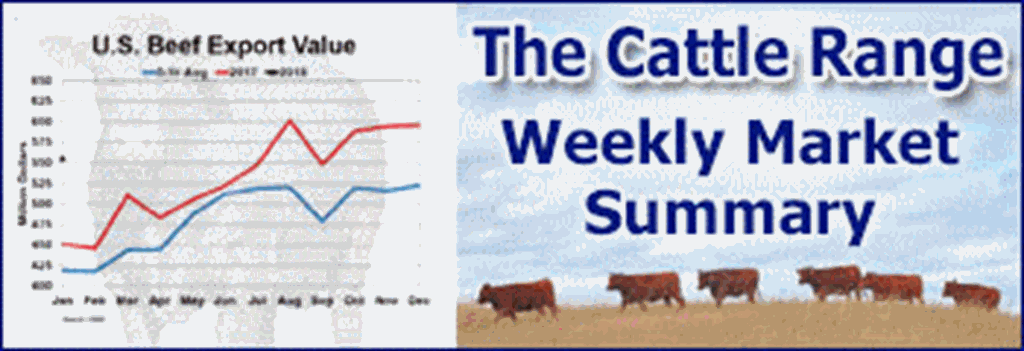In late August, the Army Corps of Engineers reported the river was 46% lower than the prior three-year average.
Daniel Munch - Farm Bureau Economist
Low water levels on the Mississippi River, a result of dryness across the Midwest and South, is reducing the ability for barges to effectively navigate, driving up farmers’ transportation costs as they seek storage and marketing options for their recently harvested crops. This Market Intel is a follow-up to our recent analysis of the initial impacts of drought conditions on the movement of inland barges: Severe Weather and Low Mississippi River Levels Bring Uncertainty to Harvest.
Generally speaking, inland barges are a reliable and cost-effective way to transport goods. With relatively low labor and energy requirements to move a large quantity of product, barges have been shown to provide shipping services at a 10th of the cost of railways and a 16th of the cost of trucking, where available. The efficiency of barges, of course, relies on the existence of enough water for constant movement without obstruction. Dry conditions that lower river water to levels too low for barges to navigate or to levels that require barges to reduce their draft (how deep the boat sits in the water) limit transportation on rivers.
In late August, the Army Corps of Engineers reported the stage, or height of the river’s surface relative to the zero-stage level of 379 feet above standard sea level, at St. Louis was 1.13 feet, 46% lower than the prior three-year average of 4.37 feet and 24% below last year’s level of 1.49 feet on the same day. So far for the month of September, the average daily stage at the same location has been -3.02 ft, over three times lower than August’s number and over 2 feet lower than the same period last year.















